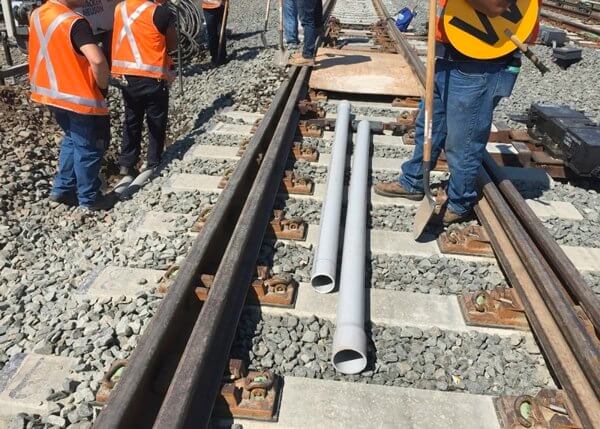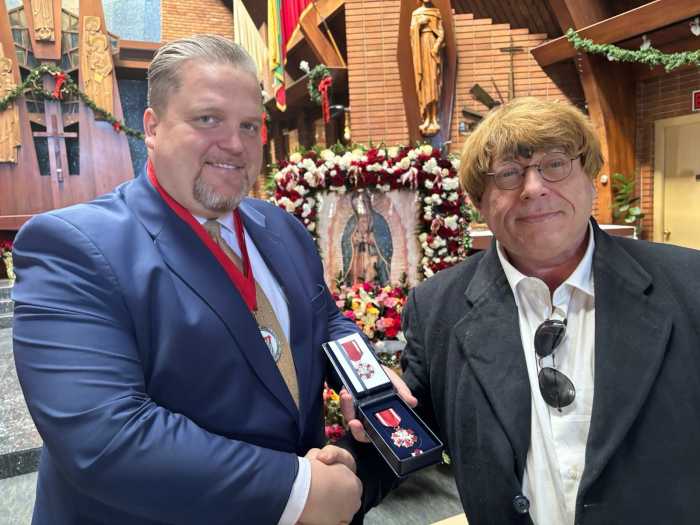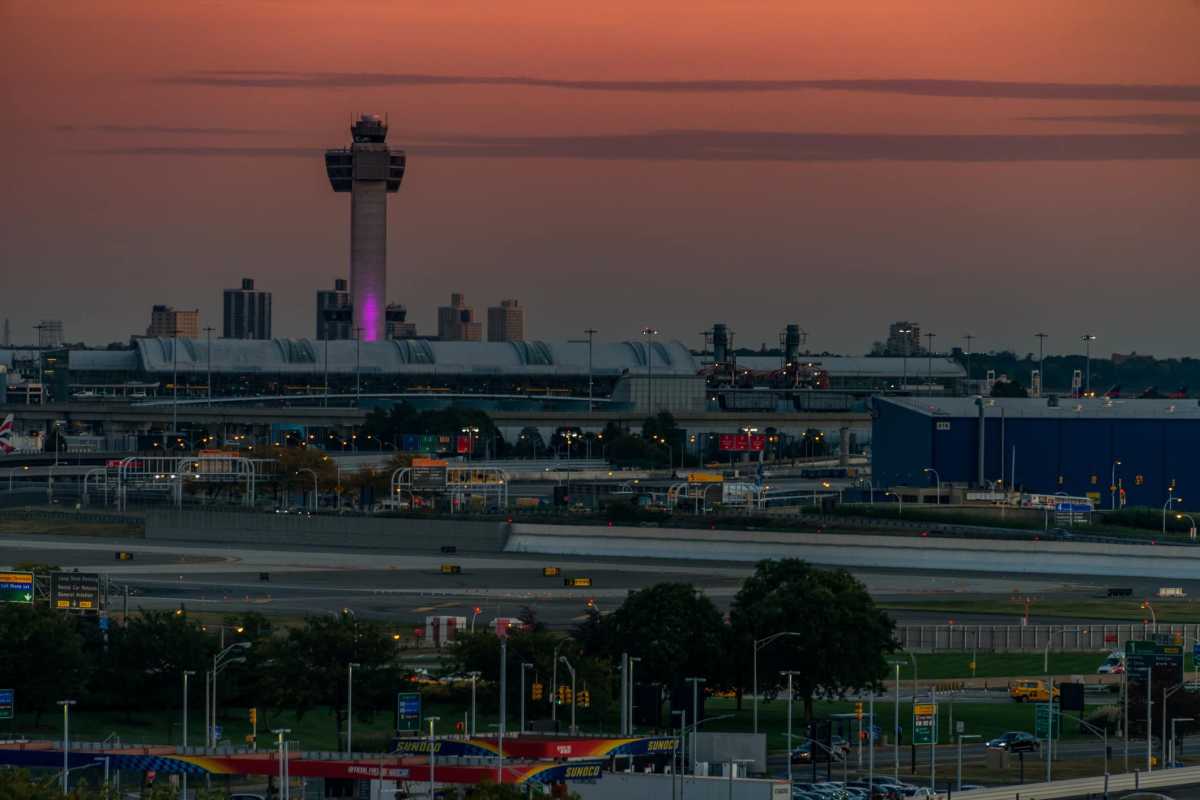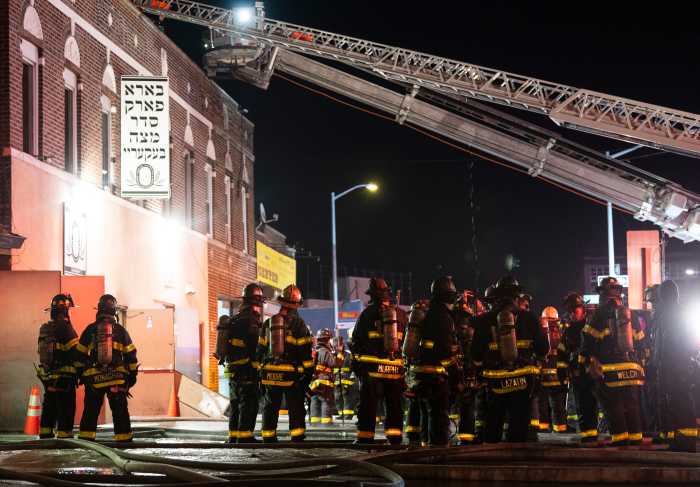By Mark Hallum
The Metropolitan Transportation Authority has approved contracts to implement the next phase in the project to add a third track to the Long Island Rail Road’s busiest corridor.
The LIRR Expansion Project will add a third track to the 9.8-mile stretch of the Main Line between Floral Park and Hicksville, and eliminate all seven street-level crossings within the construction zone. Several firms will work together as part of the 3rd Track Constructors, or 3TC, according to the MTA.
“Upon its completion, this modernization initiative will provide faster commuting with a more reliable network, and will allow us to keep the railroad in a state-of-good-repair,” MTA Chairman Joseph J. Lhota said. “All too often, major delays on the LIRR are tied to incidents along this corridor. With this investment, Long Islanders and New York City residents alike will be able to avoid the crippling and cascading delays that affect the entire network. This project will transform not only Long Island, but the economy and accessibility of the entire region.”
The LIRR sees an average of about 100,000 riders a day, according to 2016 figures, many of whom live in Queens and commute to Manhattan.
The companies within 3TC are Dragados USA, Inc., John P. Picone Inc., CCA Civil, Inc., and Halmar International LLC, with Stantec completing design work, as well as Cameron Engineering. Rubenstein Associates will manage outreach for the project.
“These infrastructure improvements were identified as crucial and necessary many years ago, and I am pleased to see that they will soon become a reality,” said LIRR President Pat Nowakowski. “The reliability of our system is the focal point for good service, and with this project, the LIRR will be able to deliver that better than ever for our customers who rely on the railroad for commuting to work and school, and other facets of daily life.”
The project will increase capacity and efficiency without having to acquire any residential properties, while sound walls will be built to minimize the impact on surrounding homes, according to Gov. Andrew Cuomo.
The Cuomo administration announced a milestone in December 2016 when a draft Environmental Impact Statement identified the scientific, engineering and socioeconomic effects of the project, and the results demonstrated how the expansion could improve service and safety for both riders and residents.
The MTA said the 3TC award will pay out $1.457 billion to the contractor from the current five-year capital plan and $356 million from the 2020-2024 capital plan. The project will wrap up in 2022.
The #TC contractor will begin their work in January 2018.
But Larry Penner, an advocate who worked 31 years for the USDOT Federal Transit Administration, was skeptical about the funding and logistical barriers to the project.
“What Cuomo overlooked is important to riders and taxpayers who have to pick up the tab. No comment about the status of the $5.8 billion he still owes toward fully funding the $32 billion MTA Five-Year Capital Plan. Add an additional $1 billion he pledged in response to recent NYC Transit subway and LIRR Penn Station problems,” Penner said in an April op-ed in TimesLedger.
Capacity in Penn Station and the East River tunnels are also major obstacle, Penner added.
“There will be no increase in rush-hour service,” Penner said. “Without finishing Main Line Third Track by 2021, along with East Side Access by 2023, there is no Penn Station capacity for additional Ronkonkoma rush-hour service. Penn Station has been operating at 100 percent capacity for decades.”
Reach reporter Mark Hallum by e-mail at mhall




































